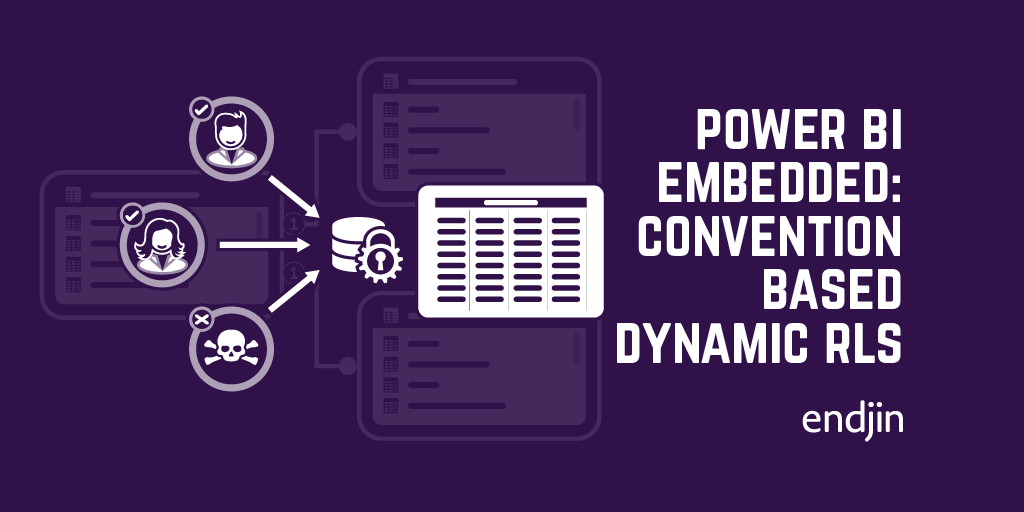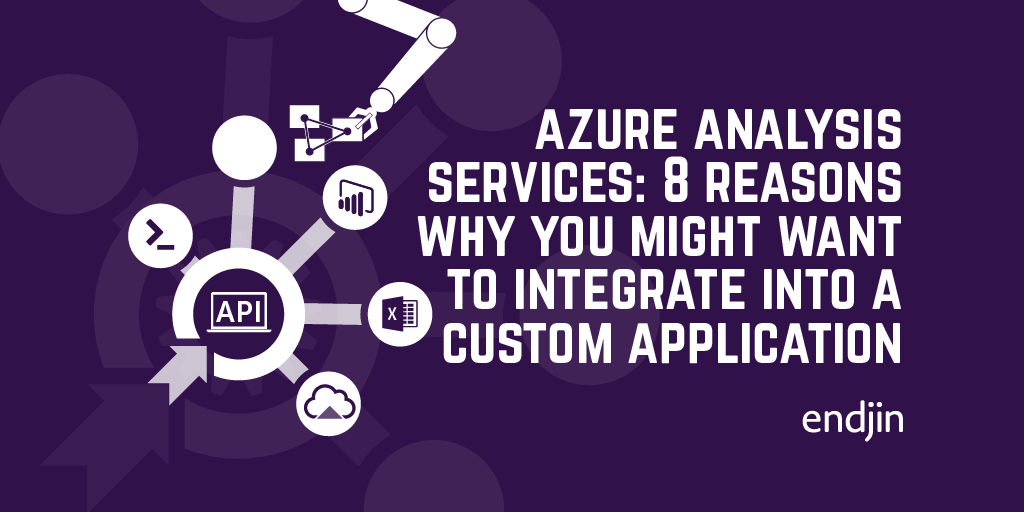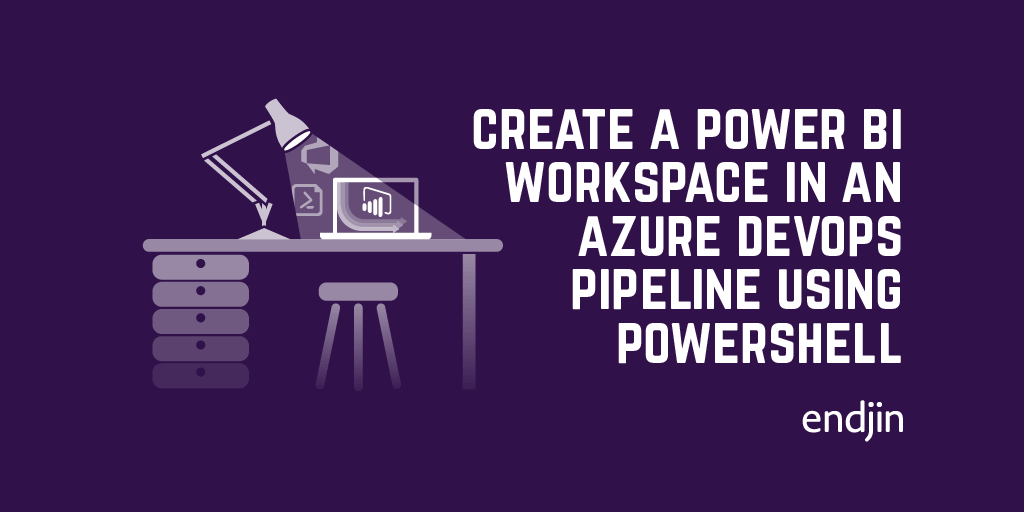Power BI Embedded: Convention-based dynamic Row-level Security
Power BI Embedded is a great tool for ISVs offering a BI product for their customers. Generally, the reports exposed to the customers are personalized to some extent - one can use the Power BI JavaScript library to interact with the reports and tweak the visuals based on the logged-in user. Another way reports differ from user to user is the underlying data that user is allowed to see. This is controlled using Row-level Security. A standard method to implement Row-level security is to pass the user's email address to the data model, and have rules filter the data model appropriately based on the data that user is permitted to see. However, sometimes it can be useful to filter the data model based on more than just a user's email address. This blog indicates how to modify an Embed Request (made by Power BI Embedded) to provide additional context on what data the embedding application would like to be returned for a user to view on a report.


